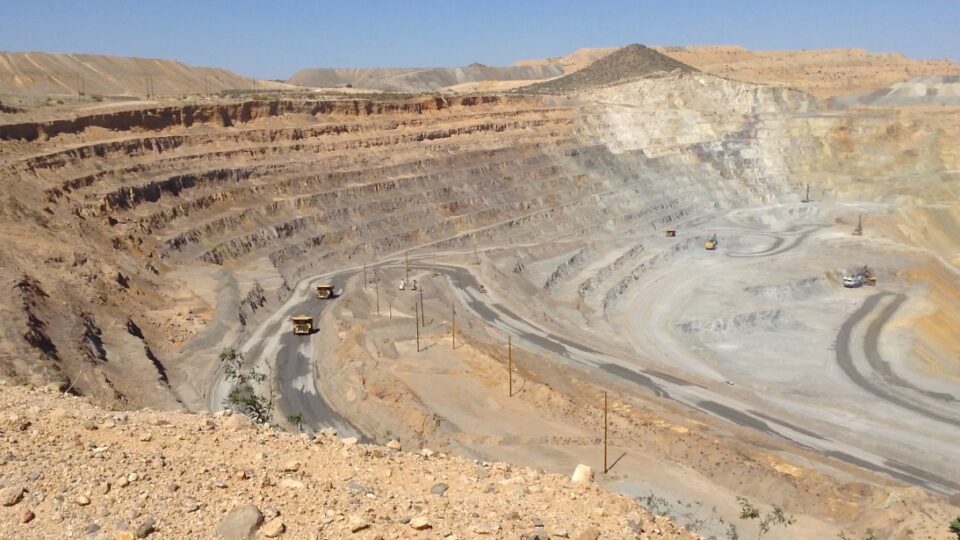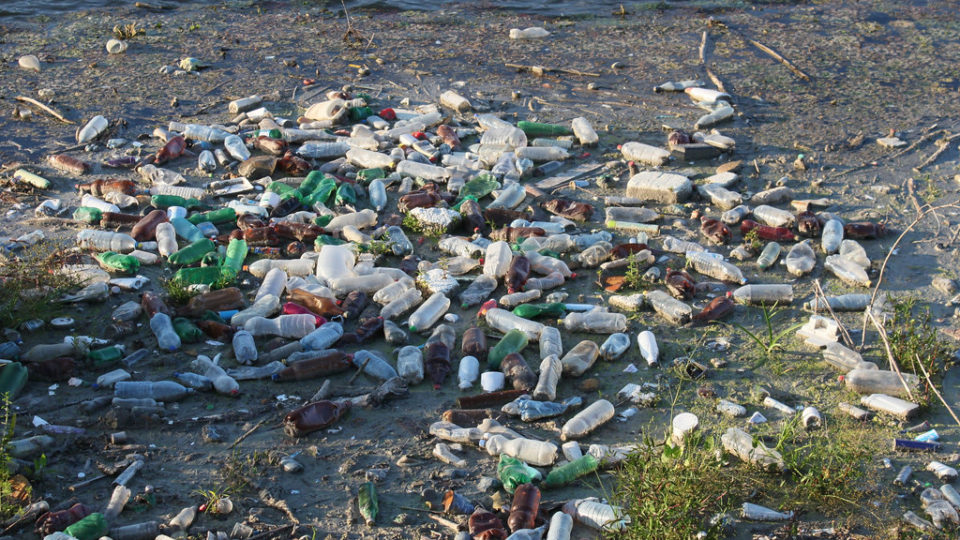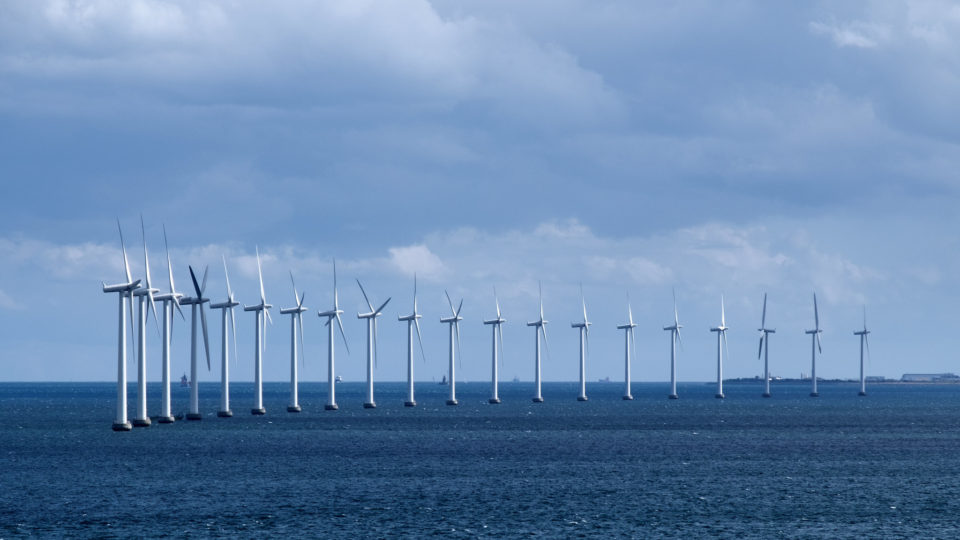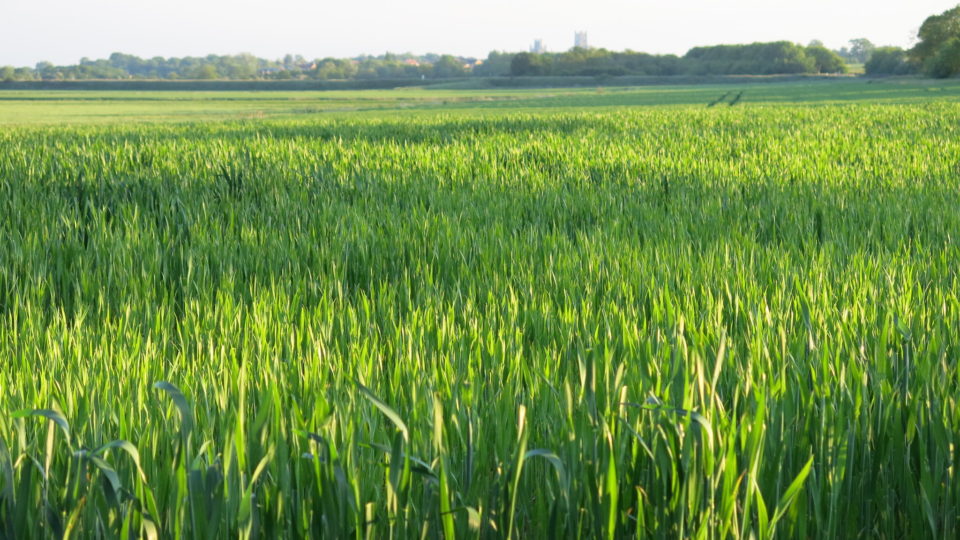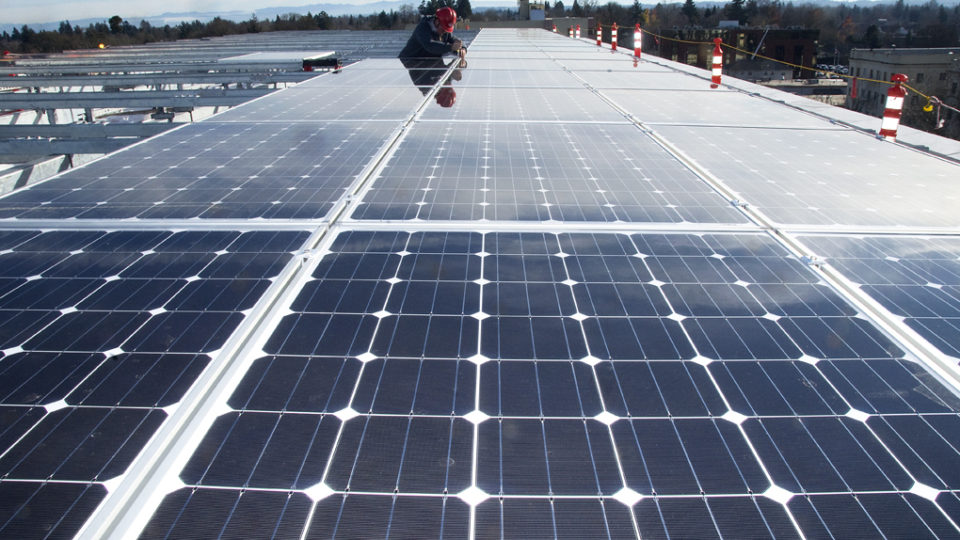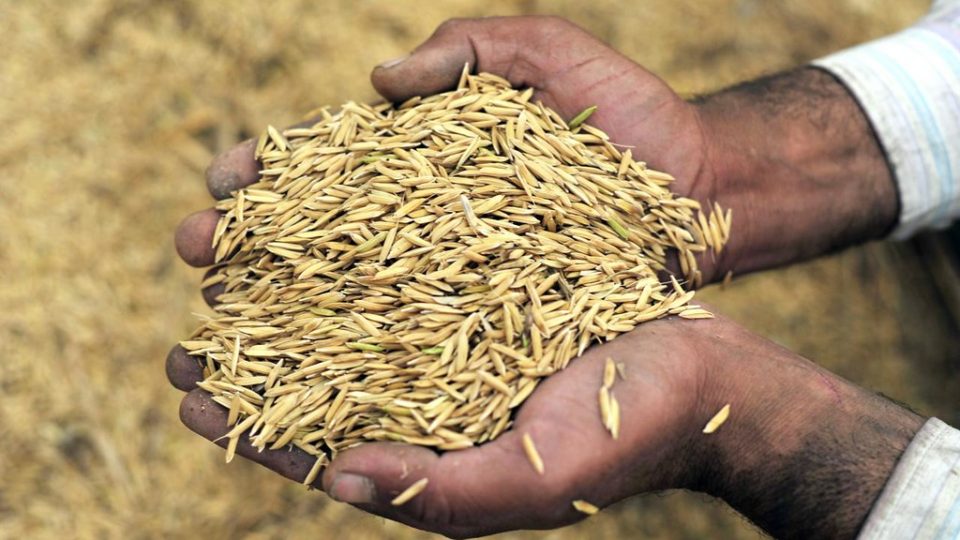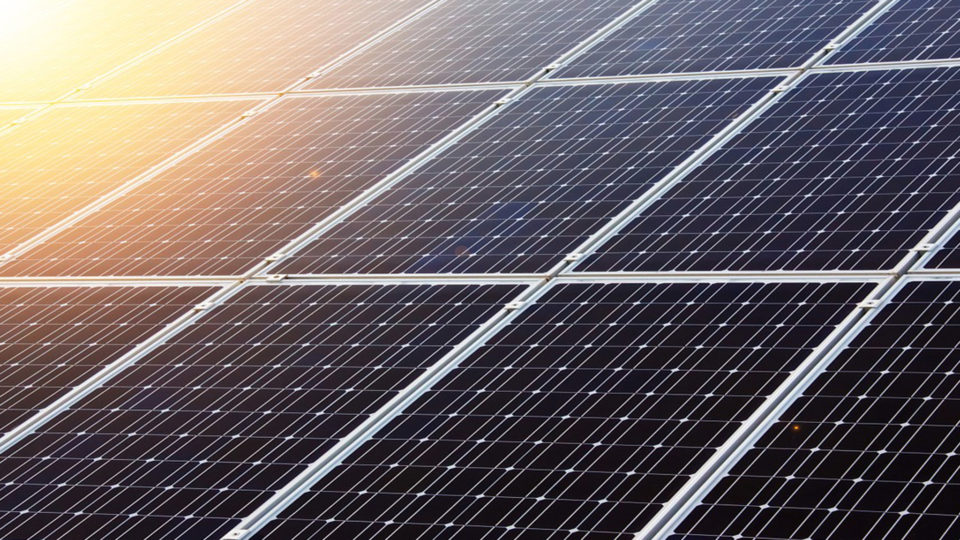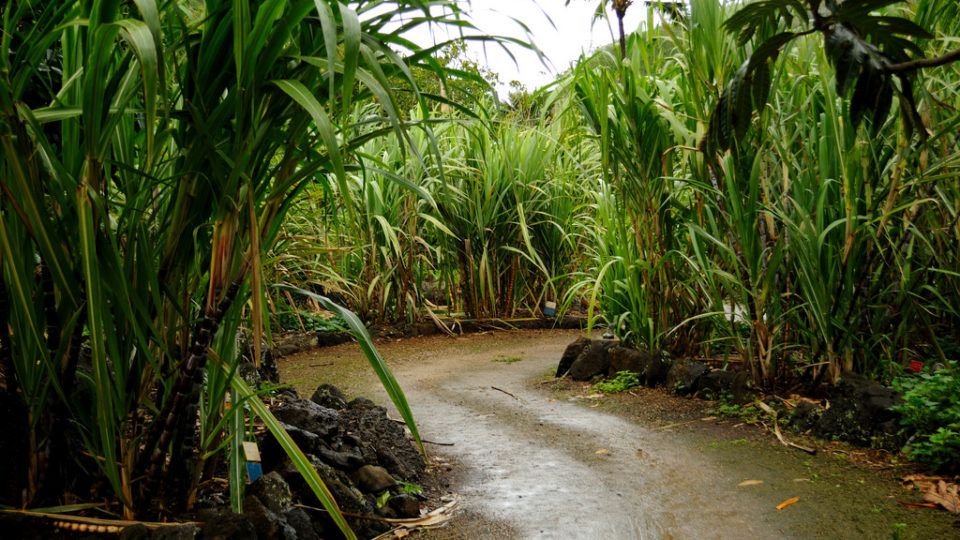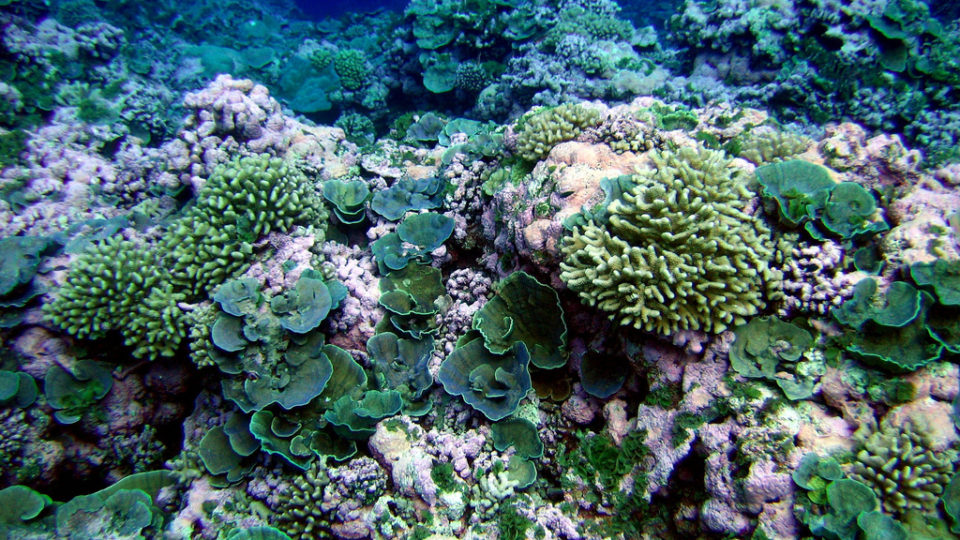Human civilization consumes vast amounts of material. The Circle Economy think tank actually puts some numbers on it. According to their latest report, the amount of material consumed by humanity has passed 100 billion tons every year. So, on average, every person on Earth uses more than 13 tons of materials per year.
That number has quadrupled since 1970, which is far faster than the population, which has only doubled during that time. In the past two years alone, consumption has jumped by more than 8%. While this has been going on, the proportion being recycled has been falling.
Of the 100 billion tons of materials, half of the total is sand, clay, gravel, and cement used for building, along with other minerals used for fertilizer. Coal, oil and gas make up 15% and metal ores 10%. The final quarter are plants and trees used for food and fuel. About 40% of all materials are turned into housing. A third of the annual materials consumed remain in use, such as in buildings or vehicles. But 15% is emitted into the atmosphere as greenhouse gases and a third is treated as waste.
The global emergencies of climate change and disappearing wildlife have been driven by the unsustainable extraction of fossil fuels, metals, building materials, and trees. The authors of the report warn that if we continue to treat the world’s resources as limitless, we are heading for a global disaster.
The Circle Economy think tank promotes the idea of a circular economy in which renewable energy supports systems where waste and pollution are reduced to zero. Some nations are taking steps towards circular economies, while others are not. This is a problem we can’t allow to be unaddressed.
**********
Web Links
World Consumes 100 Billion Tons of Materials Every Year, Report Finds
Photo, posted March 13, 2015, courtesy of Joyce Cory via Flickr.
XXXXXXXXXXX
